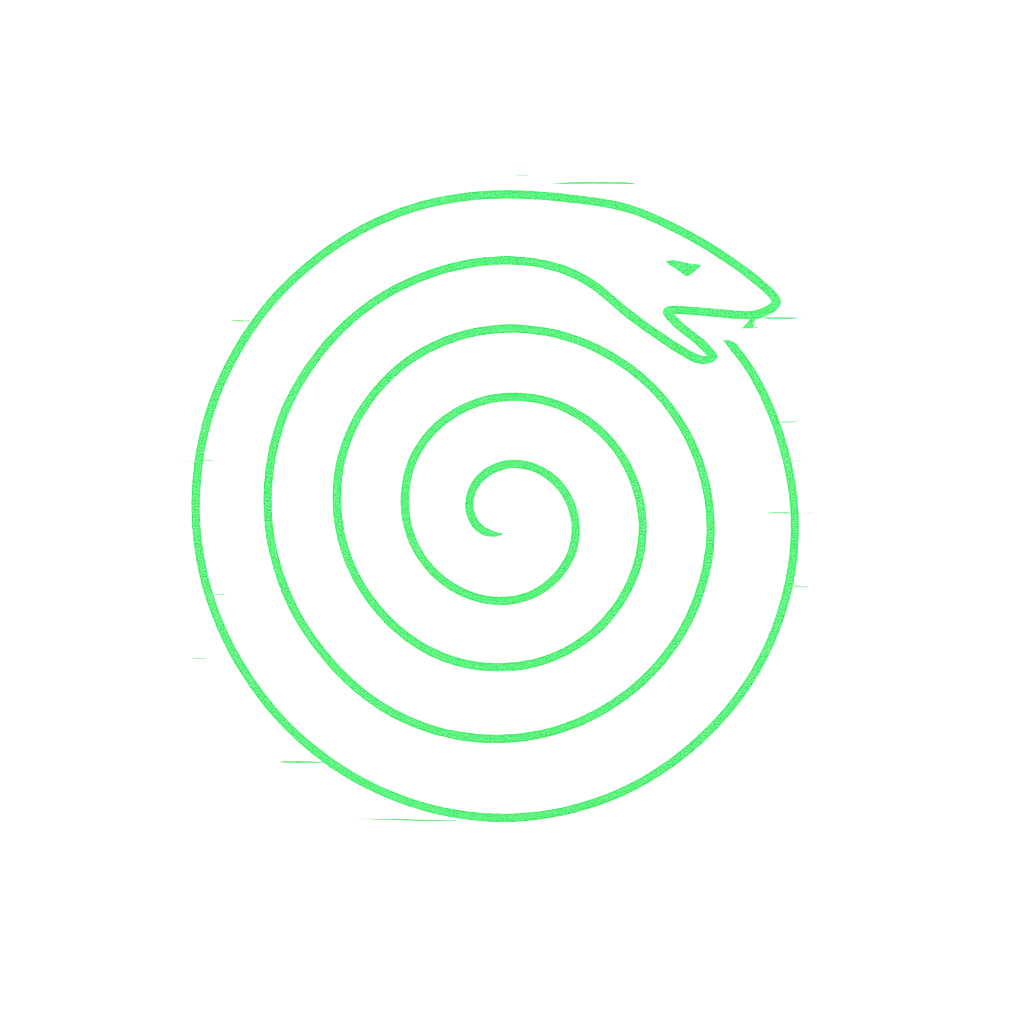warp / weft
Warp / Weft
Section titled “Warp / Weft”Warp and Weft are the axes of weaving.
The warp stretches longitudinally, held in tension across the loom.
The weft crosses transversely, threaded through warp to form fabric.
Together, warp and weft form the lattice of cloth, memory, and pattern.
Shape (What it is)
Section titled “Shape (What it is)”- Warp: vertical or longitudinal strands, taut and fixed.
- Weft: horizontal or transverse strands, carried through warp.
- Crossing lattice: structure emerges only through their intersection.
Test: If only warp or only weft is present, no fabric exists.
Motion (How it moves)
Section titled “Motion (How it moves)”-
Stretch → Cross → Bind
- Stretch: warp threads are tensioned, forming frame.
- Cross: weft moves through warp, over and under.
- Bind: crossings accumulate into fabric.
-
Tension curve: warp holds constant strain, weft moves dynamically.
-
Directionality: vertical / horizontal interplay generating pattern.
Micro-Recursions
Section titled “Micro-Recursions”- Textile fabric: literal warp and weft forming cloth.
- Memory warp/weft: fixed anchors crossed by lived experiences.
- Story lattice: enduring myth (warp) crossed by daily retellings (weft).
Macro-Recursions
Section titled “Macro-Recursions”- Cultural warp/weft: institutions stretched taut, practices woven through.
- Ecological crossing: roots as warp, rivers as weft, forming landscape fabric.
- Cosmic lattice: spacetime warp crossed by trajectories of stars.
Ethics (What it refuses)
Section titled “Ethics (What it refuses)”- One without the other: warp alone is rigid, weft alone is slack.
- False smoothness: crossings must remain visible, not erased.
- Broken lattice: severed warp or weft collapses the whole fabric.
Rule: Warp and Weft require each other — structure arises only in crossing.
Practices
Section titled “Practices”- Thread setting: establish warp anchors before weaving.
- Crossing ritual: carry weft through warp in intentional patterns.
- Tension balancing: maintain warp tautness and weft flow together.
- Unweaving: remove weft to return to raw warp, when new pattern is needed.
Mapping to Core Glyphs:
Thread — warp and weft are strands, stretched and crossed.
Lattice — their intersection forms the patterned structure of fabric.
